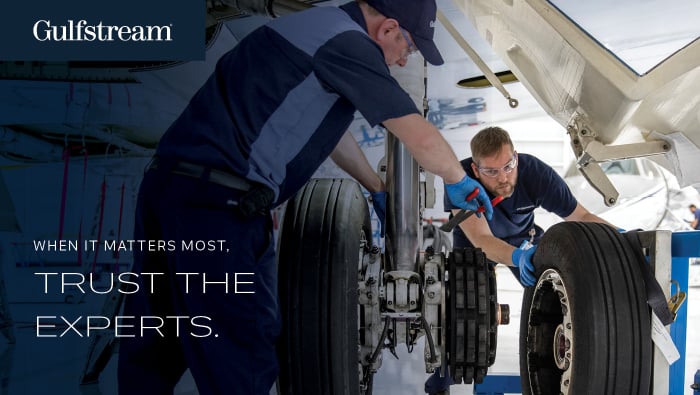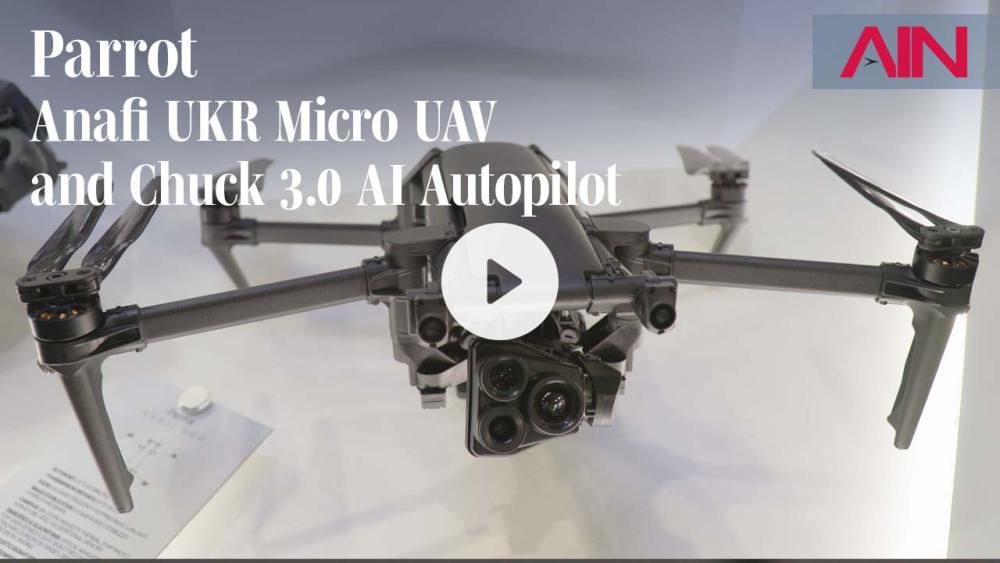|
Embraer is waging a multi-pronged effort to eliminate U.S. tariffs on aviation/aerospace goods made in Brazil, company CEO Francisco Gomes Neto said today during a second-quarter earnings call. “Our focus is to restore aerospace back to zero tariffs,” he said, noting President Donald Trump’s 50% tariff on all Brazilian products imported into the U.S. Embraer expects a $65 million hit on its commercial and executive jets this year due to tariffs. Neto said Embraer is working with both Brazil and U.S. government trade negotiators to exempt aerospace from the new tariffs, pointing out similar zero-tariff deals for aerospace recently forged between the U.S. and the UK, EU, Mexico, and Canada. His pitch to U.S. negotiators includes $500 million of planned investments in its business jet production plant in Melbourne, Florida; commercial MRO facility in Dallas; and a potential KC-390 production line in the U.S. Of that, $90 million is earmarked for the Florida facility to expand Phenom production, enlarge the flight prep area for Praetors, and add a paint booth that can accommodate both models. Neto is also emphasizing that, because its aircraft have about 40% U.S. content, Embraer will have an $8 billion trade surplus in the U.S.’s favor over the next five years. Because U.S. content is not tariffed, Embraer has also been able to mitigate tariffs down to about 10% in practical terms. |
|
|
Seeing a resurgence in the market after an initial slowdown this year, business aviation financier JetLoan Capital originated $110 million in financing during the second and early third quarters, the company reported. In all, added JetLoan Capital president Sam Harris, business is up 25% year over year. The financing covered a range of aircraft from a Cirrus SR20 and Epic E1000 AX to a Gulfstream G200, Bombardier Global Express, and Dassault Falcon 900. Other aircraft financed included a Cessna Citation Encore, M2, and CJ2+; Daher TBM 700, Kodiak 100, and Kodiak 900; pair of Bombardier Learjet 60s; and Embraer Praetor 600 and Phenom 300. Harris noted that ongoing tariff discussions temporarily paused buyer activity in April as buyers took a wait-and-see approach. “However, by mid-year tariff anxiety had largely subsided, and the market regained its footing,” he said, adding that the passage of 100% bonus depreciation in the U.S. has already become a key driver. Further optimism over interest rate discussions is fueling activity. Two converging trends are providing a boost, he added, citing persistent challenges with commercial airline reliability and stronger market confidence due to easing tariff uncertainty. In light of this, the company expects sustained business aircraft transaction momentum throughout 2025 and the fourth quarter to remain particularly active, according to Harris. |
|
|
While Dassault continues to be tight-lipped about the timing of the first flight for its in-development Falcon 10X, the ultra-long-range business jet’s engines are closer to being ready for service entry. Announcing strong first-half financial results late last week, Rolls-Royce confirmed it has completed all major engine certification tests and has filed reports with regulators for approval. During Dassault’s financial results press conference on July 22, the French group’s CEO, Éric Trappier, steadfastly blocked reporters’ questions about the timing of the 10X’s first flight. The new Falcon flagship is expected to complete type certification and enter service in 2027. Now, the first prototype is in the advanced stages of assembly at the company’s Bordeaux-Mérignac factory. Meanwhile, Dassault has been busy expanding the high-altitude performance envelope for the in-service Falcon 6X. In July, a flight-test team successfully conducted takeoffs and landings at El Alto International Airport (SLLP) near La Paz in Bolivia, which has an elevation of 13,325 feet. Recently, the UK Civil Aviation Authority issued an approval for the 6X to operate at London City Airport. The downtown airport’s runway is 4,948 feet in length and requires a steep 5.5-degree approach. |
|
|
Líder Aviação has forged a partnership with all-electric aircraft pioneer Beta Technologies, including the purchase of three Beta electric aircraft and options for 50 more, and plans to establish a maintenance center for the brand, the companies announced yesterday. Líder is adding exclusive Beta representation to its existing Honda Aircraft dealership. The partnership will combine Líder’s 67 years of experience and market strength with Beta’s technology. Headquartered in Burlington, Vermont, and established in 2017, Beta has about 1,000 employees. Beta produces its own batteries and electric engines, and has two models: the CX300 airplane and the Alia 250 eVTOL, which share similarities in propulsion and fuselage but are designed for different missions. Beta’s key differentiator is manufacturing the first all-electric aircraft to land at New York JFK Airport, setting it apart from the pack of competitors in the eVTOL “gold rush.” Head of sales Patrick Buckles outlined the aircraft’s key capabilities and differentiators at the pre-LABACE launch. The aircraft will be available in both cargo and passenger configurations, allowing the Beta aircraft to demonstrate reliability before needing to rely on passengers. Although Beta’s aircraft will be certified for single-pilot operation and five passengers, the cabin configuration will allow for a second pilot, which is essential for training. |
|
|
Sponsor Content: RTX Engineers at RTX, half a world apart, bond in building the backbone of a future plane’s power system. |
|
|
Airbus Helicopters has undertaken the successful inaugural flight of its second H140 prototype, dubbed PT2. Intended to bridge the gap between its existing H135 and H145 light twins, the upcoming H140 has been designed to offer improved performance, a larger cabin, and optimized economics, retaining the same Helionix avionics suite as its already-certified siblings but incorporating a new Safran Arrius 2ES engine. PT2 is the latest in a projected series of four test aircraft. Its first flight took place on Friday from Airbus’ Donauwörth, Germany facility and lasted for approximately 15 minutes—curtailed due to an upcoming thunderstorm. During the flight, the helicopter behaved as expected, its manufacturer confirmed. Building on work conducted by PT1, which first flew in June 2023, PT2 will be used for various test campaigns, including winter, snow, and hot-and-high conditions. The first flight for PT3 is planned for next year, with PT4 following at the end of 2026. Once certified to EASA CS-27/FAA Part 27 requirements, the upcoming type is set to enter service in 2028. EMS operators such as Global Medical Response, ADAC Luftrettung, and ÖAMTC Flugrettung are instrumental in the H140’s development, Airbus said. |
|
|
NBAA is launching a program during its upcoming convention to assist military veterans in transitioning to careers in business aviation. To be held October 15 at the Las Vegas Convention Center during NBAA-BACE 2025, the day-long Military Connect program will be free for active-duty military personnel. “There is a long history of military aviators bringing their leadership to business aviation,” said NBAA president and CEO Ed Bolen. “We’re excited to deepen these roots with a new program designed by veterans in our ranks to equip these patriots and military professionals with the knowledge, connections, and confidence necessary to embark on fulfilling careers in our sector.” Designed by NBAA members who have served in the military, the program will provide sessions to help veterans network with prospective employers and navigate their transition to civilian work. This includes an education session with guidance relevant to the business aviation landscape, targeted experiences on the exhibit floor, a military meet-up at the NBAA booth, and special engagements at the BACE Career Zone. “The NBAA-BACE Military Connect program was thoughtfully designed based on the typical needs and aspirations of transitioning service members. We want to help them learn about the career options available and resources available in business aviation,” said Executive Jet Management assistant director of operations Chuck Stroman, who served in the U.S. Army and Air Force and helped develop the program. |
|
|
The $125 million sale of Blade Air Mobility’s passenger operations to eVTOL aircraft manufacturer Joby, announced yesterday, will release capital needed to drive growth in Blade’s medical flight services unit, the group’s leadership team said today while announcing second-quarter financial results. Blade also showed further progress in cutting net losses. To be rebranded Strata Critical Medical, the medical division plans to increase its current fleet of 10 helicopters with “low single-digit orders” over the next year or two, according to company CFO Will Heyburn. Blade CEO Rob Wiesenthal, who will run Joby’s part of the business when the transaction is complete, told analysts that the divestiture delivers the best long-term value for all stakeholders, including investors, customers, and employees. “It will unlock the potential of both businesses,” he said, acknowledging that investors have devalued Blade’s passenger operations, blocking investment in the growing medical operations to protect earnings. Since 2020, revenues from medical operations have increased from 12% of the group’s total to more than 60% last year. These flights, many of which are carrying human organs for transplant procedures, drove a 4.2% rise in second-quarter revenues, which grew to $70.8 million. |
|
|
Leonardo’s aeronautics division delivered strong results in the first half, led by a standout performance in its aircraft business. New orders for the company’s aerospace division rose 53.4% year over year (YOY) to €2.2 billion ($2.55 billion), while revenue increased 13.9% to €1.91 billion. The aircraft unit accounted for the majority of this growth, securing €1.58 billion in orders (+41.8%) and €1.62 billion in revenue (+18.6%). Strong demand for international fighter and multirole programs, including GCAP and C-27J, underpinned the increase. Service activities contributed 30% of divisional revenue, reflecting the company’s ongoing shift toward a more service-oriented model. EBITA reached €180 million, up 5.9% YOY. Leonardo’s aerostructures business, while posting a 91.8% jump in orders (€698 million), saw revenue decline slightly to €334 million, in line with planned production phasing on the Boeing 787 program. The division reported a €125 million loss. Its GIE ATR joint venture delivered seven aircraft in the half, down from 11 in the same year-ago period. A venture with Baykar for advanced UAS (LBA Systems) remains on track to be operational by year-end. With a unified airplane strategy and strong order momentum, particularly in its aircraft unit, Leonardo said its aeronautics division is positioned for continued growth through the rest of this year. |
|
|
Parrot Unveils Military Drone and UAV AI Autopilot for Ukraine Drone technology is advancing rapidly, and Parrot aims to stay ahead with its ANAFI UKR drone, developed to support Ukraine’s defense against Russian forces. The French company also announced the Chuck 3.0 autopilot system and a military radio called MARS.
|
|
|
|
|
|
|
AINalerts News Tips/Feedback: News tips may be sent anonymously, but feedback must include name and contact info (we will withhold name on request). We reserve the right to edit correspondence for length, clarity, and grammar. Send feedback or news tips to AINalerts editor Chad Trautvetter. |
|
AINalerts is a publication of AIN Media Group, 214 Franklin Avenue, Midland Park, New Jersey. Copyright 2025. All rights reserved. Reproduction in whole or in part without permission is strictly prohibited. |

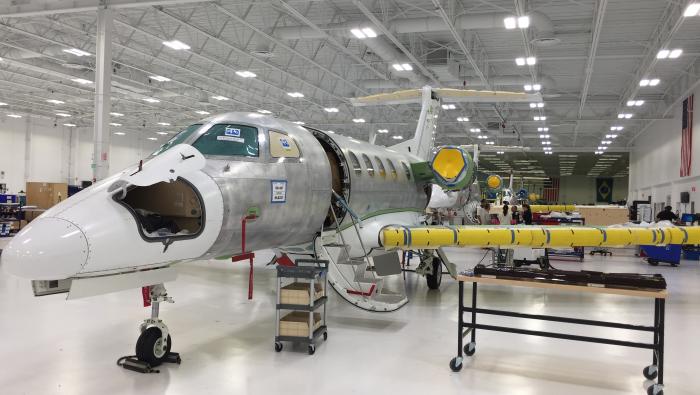

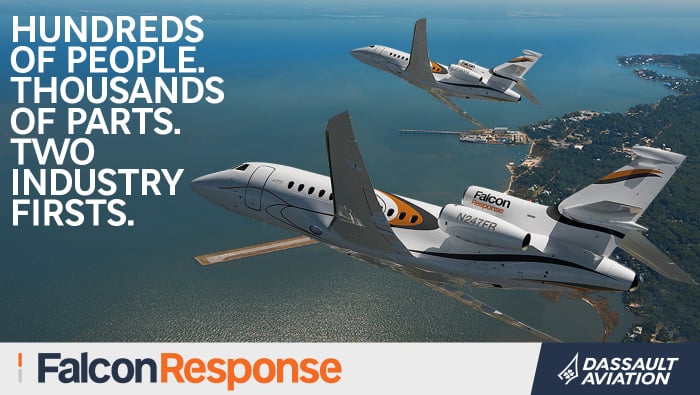


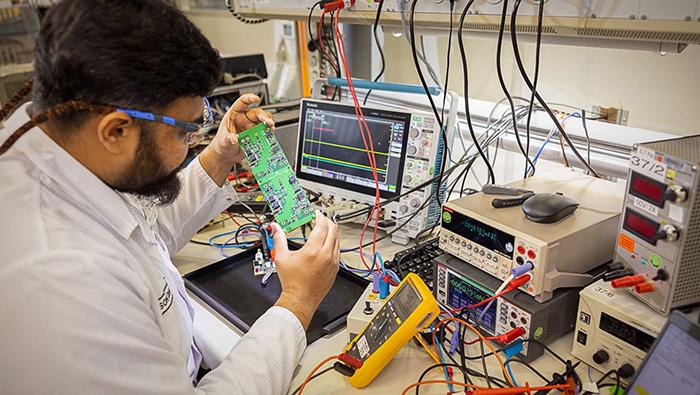

.gif)
